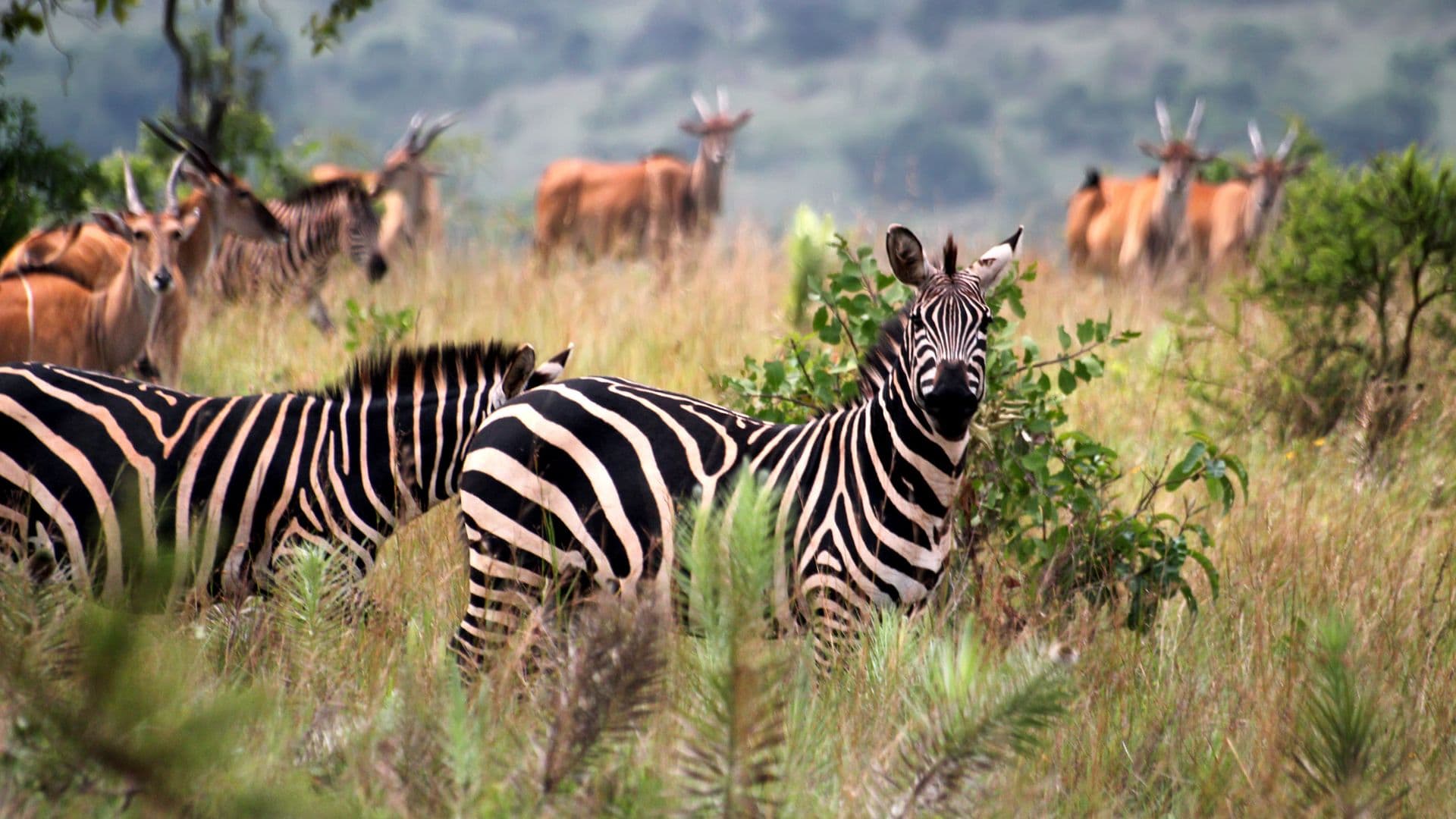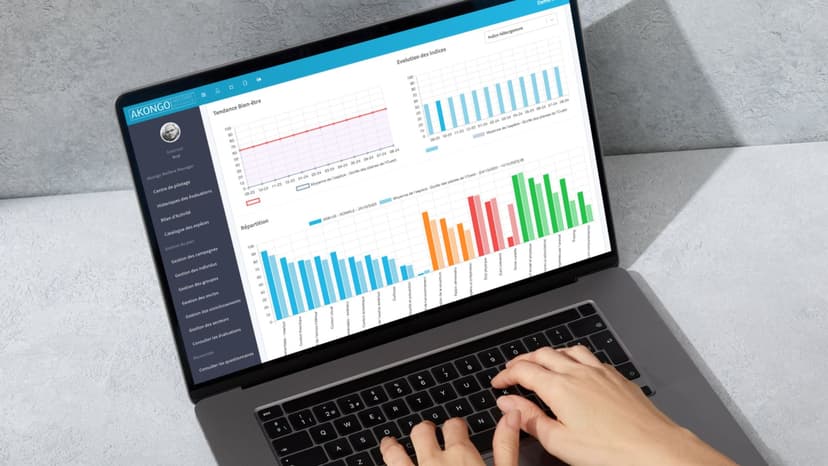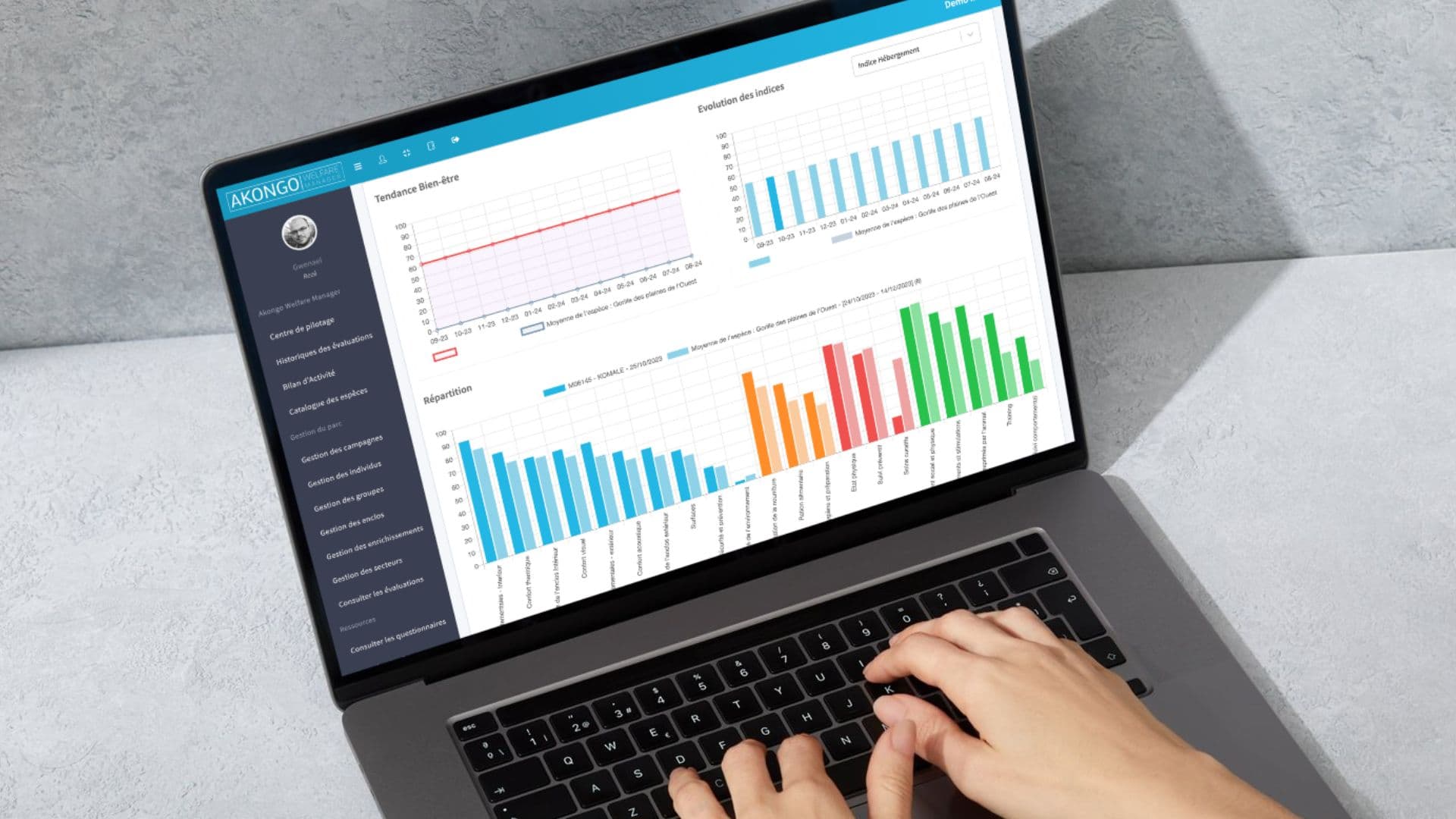Evidence-Based Ethology & Animal Welfare
EBEA Programme
We have frequently observed that institutions, despite their strong motivation, face challenges in implementing systematic a monitoring of their animals due to a lack of time, team training and available tools for animal welfare assessment.
That's why we chose to develop a method and tools that consolidate all our expertise to address the constraints and needs of organisations looking to assess the welfare of their animals. This evaluation platform allows the entire team of an institution to easily collect quality data and quickly visualise the results of their evaluation. This tool aims to streamline the daily work of those in charge of animals by allowing them to better target priority actions to implement and subsequently assess their effectiveness.
The protocol used in the EBEA approach is based on the 5 Domains Model and the Welfare Quality® project approach, transposed to wildlife species, in order to adapt the animal welfare assessment protocol to the specificities of the species. Thus, the responses provided will differ depending on whether the species. However, the questions are factual, descriptive and accompanied by images and videos for illustrative purposes to facilitate ease of use.
The protocol combines:
- A questionnaireCovering the living environment and practices, to assess whether the provided environment is conducive to the well-being of the individual
- Behavioural observationsTo assess how the individual uses of the environment and the behaviors expressed (are these predominantly indicative of positive or negative welfare?)

This questionnaire comprises approximately 100 questions across 4 domains (housing, feeding, health and behavior of the animal) to reflect the living conditions provided to the animal. The Observation sessions use detailed ethograms (list of possible behaviors for a species) and allow to objectively quantify the behavior of the animal in its daily life.
Pillars of the program
A species-specific approach

Similar to the `Welfare Quality®` approach, it is essential to adapt the animal welfare assessment protocol to the specificities of each species, whether it is a lion tamarin, an okapi or a vulture. Our program is therefore based on assessment protocols tailored to different species, to fully consider the particular needs of each one.
Our team is composed of four ethologists holding PhDs in biology-ethology, including a veterinarian specializing in animal behavior and welfare management of animals in captivity. We also collaborate with external scientists (CNRS, INRAE, Universities, Veterinary Schools) depending on the project. This expertise ensures that each species receives careful and tailored attention tailored to its specific needs.
Furthermore, the welfare assessment is based on a comparative approach. It indeed requires reference values to determine if what we observe is `normal` for a particular species. Thus, we rely on regular assessments and strict protocols to ensure continuous and detailed monitoring of each animal's welfare.
The involvement of the entire team


Every member of the park (such as keepers, veterinarians, biologists and the the educational team) plays a crucial role in the animal welfare monitoring process. On-site, the teams use our mobile app to collect data daily, while our team of ethologists analyse this data, in conjunction with existing knowledge. Our digital platform facilitates data collection and sharing, allowing everyone to contribute effectively to the monitoring and improvement of animal living conditions.
Then, the proposed actions are discussed and approved together with the management team. This close and ongoing collaboration ensures that the actions taken are well coordinated and effective.
Monitoring facilitated by technology
To facilitate implementation, we have developed a dedicated mobile application `Welfare Monitor` as well as a software platform `Welfare Manager`. These tools allow for real-time data collection, rapid results analysis and visualisation of welfare indicators. This allows teams to quickly identify priority actions to be taken.
Our mobile application allows keepers to collect data directly in the field, using questionnaires and ethograms adapted to each species. The data is then synchronized with our web platform, where it can be analysed and visualised in the form of graphs and dashboards. This approach saves time and improves monitoring efficiency.
Furthermore, our web platform centralizes collected data, providing an overview of welfare indicators for each individual and each group. Ethologists can thus monitor the evolution of animal welfare over time and adjust actions accordingly. The data can also be shared with other institutions to compare results and exchange best practices.


AKONGO teams' daily support
We regularly intervene on site to train teams and help them use our tools optimally. We also organize practical workshops to answer questions and solve (any) encountered problems. Our goal is to strengthen teams' skills and make them autonomous in assessing and improving animal welfare.
In addition, we ensure regular monitoring and continuous evaluation of the actions implemented. We analyse the data collected, prepare monitoring reports and make recommendations to improve practices. We work closely with teams to define clear objectives and concrete action plans.
Learn more about our solutions
- Implementation
Discover how to effectively deploy our EBEA program in your institution.
- Tools
Explore our comprehensive range of tools optimised for managing and analyzing animal welfare data.
- Partners
Discover the zoos and laboratories that collaborate with us to promote animal welfare.